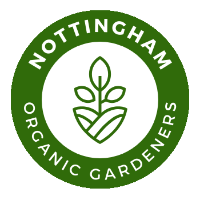The Potato in popular culture - Mr Potato Head
Mr Potato Head is an American toy consisting of a plastic model of a potato which can be decorated with a variety of plastic parts that can attach to the main body.
These parts usually include ears, eyes, shoes, a hat, a nose and a mouth.
The toy was invented and developed by George Lerner in 1949 and first manufactured and distributed by Hasbro in 1952.
Originally conceived and designed as plastic pieces to be inserted into a real potato, complaints about mouldy vegetables soon led to the inclusion of a plastic potato body.
The toys tv advertising campaign was the first to be aimed directly at children; before this, commercials were only targeted at adults, so toy advertisements had always been pitched to parents.
This tv commercial campaign revolutionised marketing and caused an industrial boom.
Over one million kits were sold in the first year.
In 1953, Mrs Potato Head was added, and soon after, Brother Spud and Sister Yam completed the Potato Head family with accessories reflecting the affluence of the 1950s that included a car, a boat trailer, a kitchen set, a stroller, and pets called Spud-ettes.
Today’s variety - Charlotte (2nd Early)
A very popular second early salad variety.
Produces pear-shaped, shallow eyed, yellow-skinned, waxy tubers.
Creamy yellow flesh of first-class flavour, eaten either hot or cold.
Potato 'Charlotte' holds an RHS AGM and is frequently found in the supermarket.
DUE TO THE RECENT LOCKDOWN ANNOUNCEMENT..
We are still definitely planning to bring potato day to you in some manner!
We have placed the order for the potatoes!
When we have them delivered and how we will get them to you will be planned soon!"







